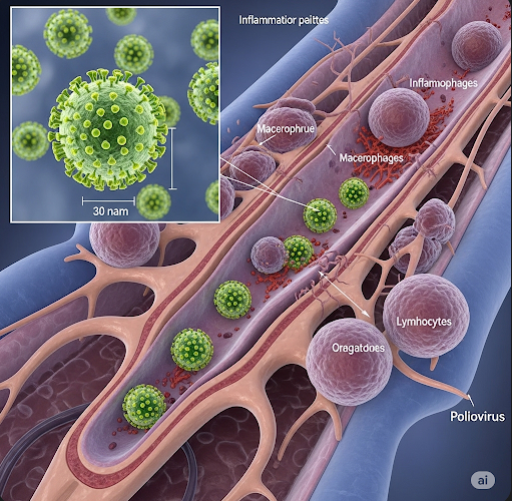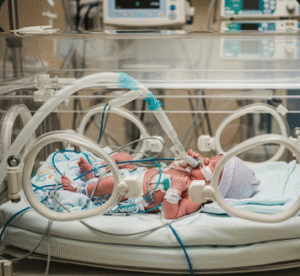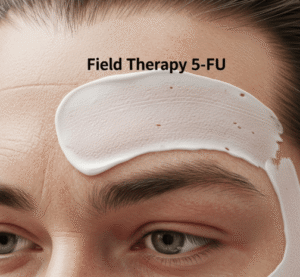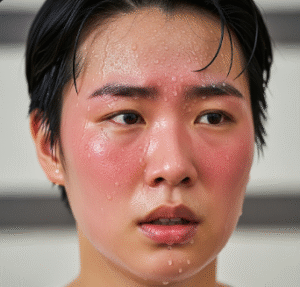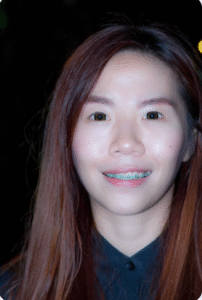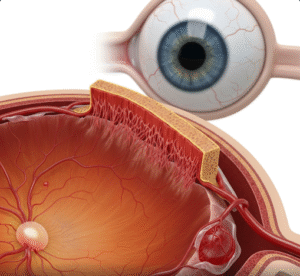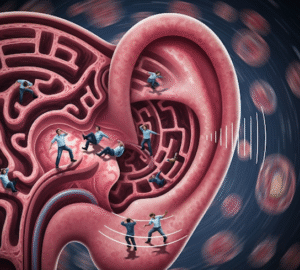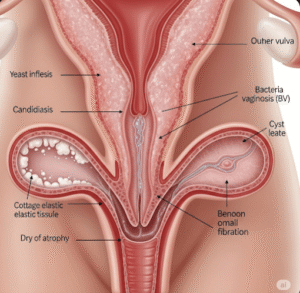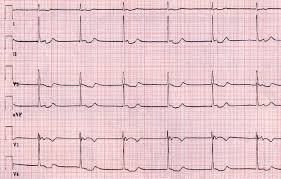Overview
Poliovirus infection, commonly known as polio, is a highly contagious viral illness caused by the poliovirus, which can invade the nervous system and, in severe cases, lead to paralysis, permanent disability, or death. While most infections are asymptomatic or mild, a small percentage progress to paralytic disease. Thanks to widespread vaccination, polio has been nearly eradicated in most parts of the world — but outbreaks still occur in areas with low immunization coverage.
What is Poliovirus Infection?
Poliovirus infection is caused by an enterovirus that primarily enters the body through the mouth (oral-fecal route). After infecting the throat and intestines, it can spread to the bloodstream and central nervous system (CNS). The virus exists in three serotypes (types 1, 2, and 3), with type 1 being the most commonly associated with paralytic polio.
There are three main forms of poliovirus infection:
- Subclinical (inapparent) polio – no symptoms or mild flu-like symptoms
- Non-paralytic polio – causes meningitis-like symptoms but no paralysis
- Paralytic polio – the most severe form, affecting motor neurons and causing flaccid paralysis
Symptoms
Symptoms depend on the form and severity of infection and typically appear 3–21 days after exposure:
1. Minor (Non-paralytic) Symptoms:
- Fever
- Sore throat
- Fatigue
- Headache
- Nausea or vomiting
- Abdominal pain
- Muscle stiffness or tenderness
2. Aseptic Meningitis Symptoms (non-paralytic polio):
- Neck and back stiffness
- Sensitivity to light
- Muscle spasms
- Headache
3. Paralytic Polio Symptoms:
- Sudden muscle weakness or paralysis (often in the legs)
- Asymmetric limb paralysis
- Loss of reflexes
- Breathing difficulty (if diaphragm or chest muscles are affected)
- Bulbar symptoms: difficulty swallowing, speaking, or breathing
Causes
Poliovirus infection is caused by exposure to the poliovirus, typically through:
- Oral-fecal transmission (main route)
- Contaminated water or food
- Person-to-person contact
- Rarely, via respiratory droplets
The virus multiplies in the intestines and may enter the bloodstream and CNS in susceptible individuals.
Risk Factors
Several factors increase the risk of poliovirus infection or severe disease:
- Unvaccinated individuals, especially children under age 5
- Travel to regions where polio is still endemic or circulating
- Immunocompromised individuals
- Pregnant women (higher risk of complications)
- Poor sanitation or hygiene
- Close contact with infected persons or contaminated surfaces
Complications
While most people recover without complications, some develop serious or permanent consequences:
- Paralysis – often irreversible
- Respiratory failure – requiring mechanical ventilation
- Post-polio syndrome (PPS) – muscle weakness and fatigue years after recovery
- Contractures or muscle atrophy
- Death, especially in bulbar polio or when respiratory muscles are paralyzed
Prevention
Poliovirus infection is highly preventable through vaccination:
1. Vaccines:
- Inactivated Poliovirus Vaccine (IPV) – injected; used in most developed countries
- Oral Poliovirus Vaccine (OPV) – oral drops; used in mass immunization campaigns
- Booster doses may be recommended for travelers to high-risk areas
2. Additional Preventive Measures:
- Hand hygiene and sanitation
- Safe water and food practices
- Avoiding contact with infected individuals
- Proper disposal of human waste
Korea uses the IPV schedule in its national immunization program and has very high coverage rates.
Treatment Options in Korea
There is no cure for poliovirus infection once it occurs, but supportive care can reduce complications and improve recovery.
1. Acute Phase Management:
- Hospitalization for monitoring and supportive care
- Pain relievers and antipyretics
- Bed rest during acute symptoms
- Ventilator support for patients with breathing difficulty (iron lungs were historically used)
2. Paralytic Polio Management:
- Physical therapy to maintain muscle strength and prevent contractures
- Orthopedic support such as braces, splints, or mobility aids
- Speech and swallowing therapy if cranial nerves are involved
- Long-term rehabilitation to support motor function and independence
3. Post-Polio Syndrome (PPS):
- Managed with energy conservation, lifestyle modifications, assistive devices, and regular therapy
4. Advanced Care in Korea:
Leading medical centers such as Seoul National University Hospital, Asan Medical Center, Samsung Medical Center, and Severance Hospital offer:
- Neurology and infectious disease specialists
- Rehabilitation medicine departments
- Advanced diagnostics and imaging
- Multidisciplinary care teams
- International patient services and English-speaking staff

